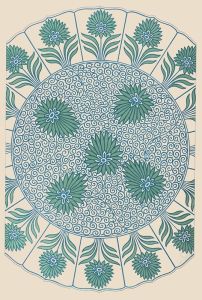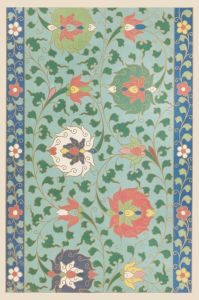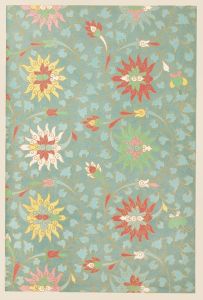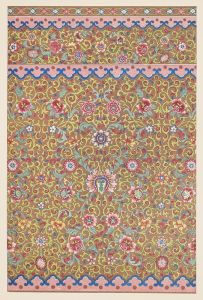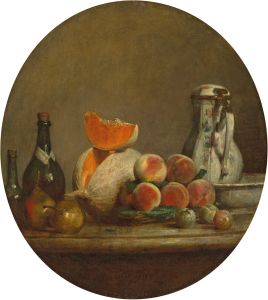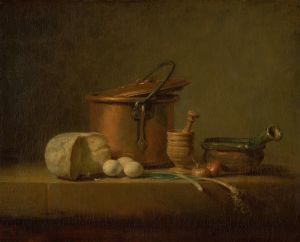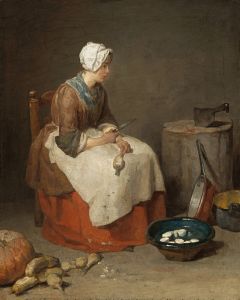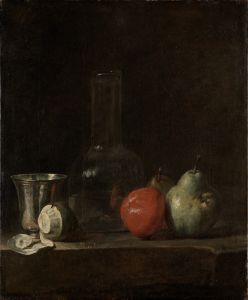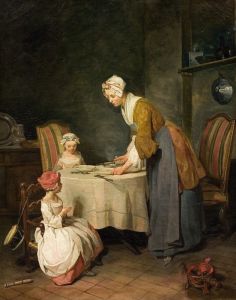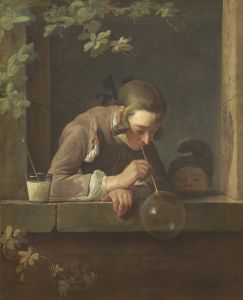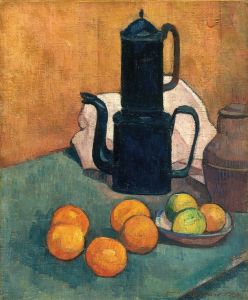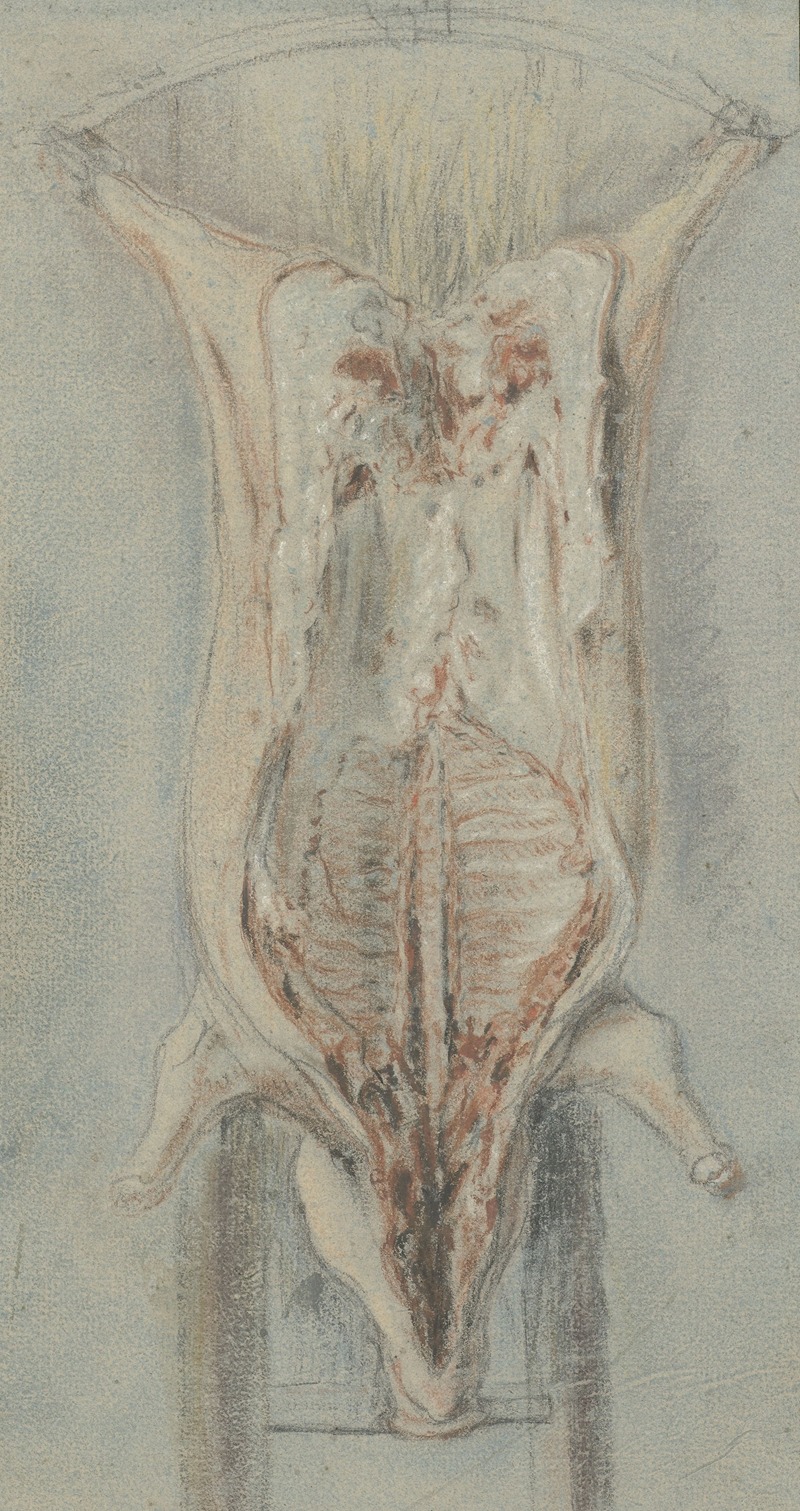
Geslacht varken op een leer
A hand-painted replica of Jean Siméon Chardin’s masterpiece Geslacht varken op een leer, meticulously crafted by professional artists to capture the true essence of the original. Each piece is created with museum-quality canvas and rare mineral pigments, carefully painted by experienced artists with delicate brushstrokes and rich, layered colors to perfectly recreate the texture of the original artwork. Unlike machine-printed reproductions, this hand-painted version brings the painting to life, infused with the artist’s emotions and skill in every stroke. Whether for personal collection or home decoration, it instantly elevates the artistic atmosphere of any space.
Jean Siméon Chardin was a renowned 18th-century French painter known for his still lifes and genre paintings. One of his works, "Geslacht varken op een leer," which translates to "Slaughtered Pig on a Trestle," exemplifies his mastery in depicting everyday objects with a sense of realism and attention to detail. Chardin's work is celebrated for its ability to elevate the mundane to the level of fine art, capturing the textures and subtleties of the objects he painted.
"Slaughtered Pig on a Trestle" is a still life painting that showcases Chardin's skill in rendering textures and surfaces. The painting depicts a pig carcass laid out on a wooden trestle, a common sight in the kitchens and markets of 18th-century France. Chardin's attention to detail is evident in the way he captures the sheen of the pig's skin, the roughness of the wooden trestle, and the subtle play of light and shadow across the scene. The composition is both simple and powerful, drawing the viewer's eye to the central subject while also inviting them to explore the surrounding details.
Chardin's approach to still life was revolutionary for his time. While many of his contemporaries focused on grand historical or religious themes, Chardin found beauty and significance in the everyday. His paintings often featured humble subjects such as kitchen utensils, food, and domestic interiors. Through his meticulous technique and keen observation, Chardin was able to imbue these ordinary objects with a sense of dignity and presence.
The painting "Slaughtered Pig on a Trestle" is a testament to Chardin's ability to convey the tactile qualities of his subjects. The pig's skin appears almost tangible, with a lifelike quality that invites the viewer to imagine its texture. Chardin's use of light enhances this effect, highlighting the contours of the pig and creating a sense of depth and realism. The wooden trestle, with its rough-hewn surface, provides a stark contrast to the smoothness of the pig's skin, further emphasizing the artist's skill in capturing different materials.
Chardin's work was highly regarded during his lifetime, and he was admitted to the prestigious Académie Royale de Peinture et de Sculpture in 1728. His paintings were admired for their technical excellence and their ability to capture the essence of everyday life. Chardin's influence can be seen in the work of later artists who sought to depict the beauty of the ordinary, and his paintings continue to be celebrated for their quiet elegance and understated power.
"Slaughtered Pig on a Trestle" is a prime example of Chardin's unique approach to still life painting. By focusing on a simple, unadorned subject, Chardin was able to explore the interplay of light, texture, and form in a way that was both innovative and deeply moving. His work remains a testament to the enduring power of art to transform the ordinary into the extraordinary.





